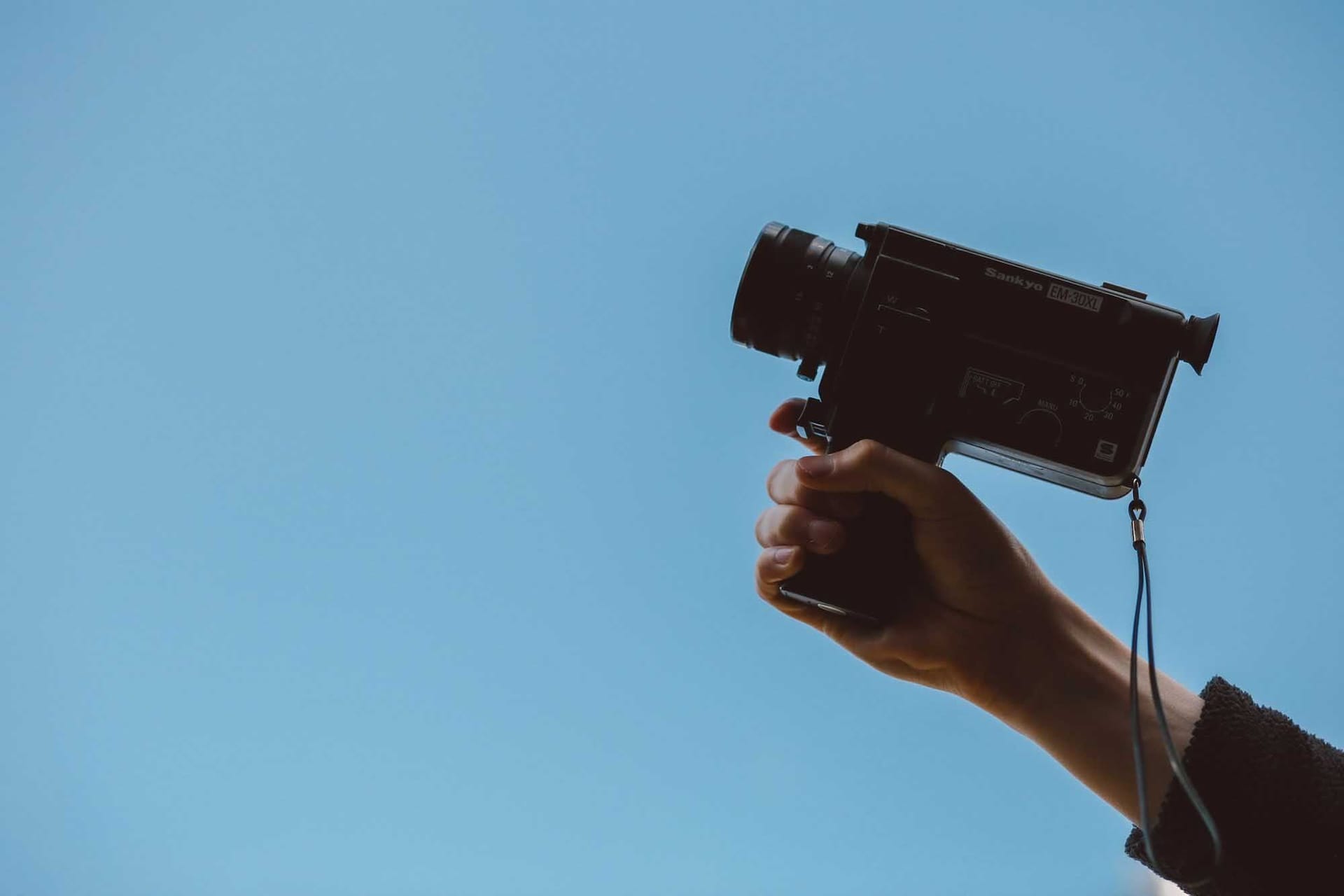Two in-camera transitions you need to know
Good transitions can make even the simplest of videos look professional. Here's a look at two in-camera transitions you can use to spice up your videos.

Transitions are one of the most elegant ways to make your videos stand out. They enable a flawless cut between scenes that helps tell your story and keep your viewers engaged. There are two types of transitions that are used: Digital and In-Camera. Digital transitions are done in the edit and enabled by software. With pre-existing transition templates, you can simply have your First Clip seamlessly cut into the Second clip. These are a staple of any YouTuber and video creator.
However, today, we’re going to explore the second type: In-Camera. As the name suggests, in-camera transitions are specifically filmed with a transition type in-mind. When you go to make the edit, the clips will come together flawlessly if you filmed the transitions properly. Today, Ben Hess is going to run us through two powerful in-camera transitions that you can start using today!
Whip transitions
Whip transitions are exactly what they sound like. You whip the camera in the direction of the transition you want to make. Let’s imagine you are filming your first clip and before you end the recording, pull the camera in a direction - up, for example. In your next clip, you want to start the recording by pulling the camera up from a face-down position. Then, when you go to edit you can seamlessly whip from the first clip to the second clip. You can do that with any kind of whip transition, as long as you start the next clip in the sequence with that same movement.
A couple of small tips when doing whip transitions. First, make sure you plan ahead and practice. Whip transitions do need a little bit of forethought and planning to execute properly. Second, make sure your two scenes have similar brightness and colors. A dramatic difference between the two scenes can create a jarring effect that takes the viewer out of the experience. Third, in the edit, you may need to add a couple of cross-dissolve transition frames to help smooth out the effect.
Masking transitions
A masking transition is the second in-camera effect that takes some time to master but adds a deeper level of immersion for the viewer. A masking transition is where something passes in front of the camera, which then enables the cut to the next scene. Anything can be the layer that creates the masking transition as long as it’s moving. That movement can either be caused by itself - ie. a car, plane, person, animal OR it can be done by moving the camera past a stable object such as a pole, a tree or building.
To perfect it, you’ll need to work on it on a frame by frame level. You need to make sure that each movement of the object that is acting as your mask, is properly adjusted to by the masking element. Then, you have your next clip underlaid over the mask and you have a seamless transition between the two!

